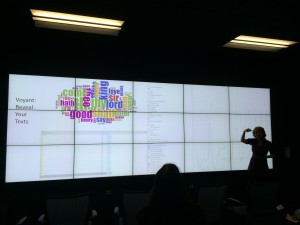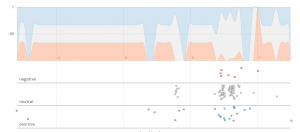Last month the Province of Alberta proposed to create a Social Innovation Endowment to “help foster new, solution-oriented approaches to solving Alberta’s complex social challenges…”. The endowment fund will be $1 billion which should generate eventually $45 million a year towards research, knowledge dissemination and prototype partnerships.
As a government announcement from March 4th puts it, “Bill 1 creates the largest social innovation endowment in Canada…” This Social Innovation fund is not the first fund to support research. We have funds supporting medical research and scientific research: the Alberta Heritage Science and Engineering Research Endowment Fund (AHSER) and the Alberta Heritage Foundation for Medical Research Endowment Fund (AHFMR) and there are other smaller ones.
The Social Innovation fund, however, fleshes out a full suite of funds supporting research in Alberta. The U of Alberta President, Indira Samarasekera has praised the establishment of the Social Innovation fund for this reason. It is the “third pillar” of funding (after medical and scientific/engineering) that will support the social sciences, arts, and humanities.
This leads to questions about what is Social Innovation and How to innovate. What could this fund support? How can humanists and artists imagine their research fitting under the rubric social innovation? To answer these questions I have put together a list of links and readings I found useful and will be supplementing it.



